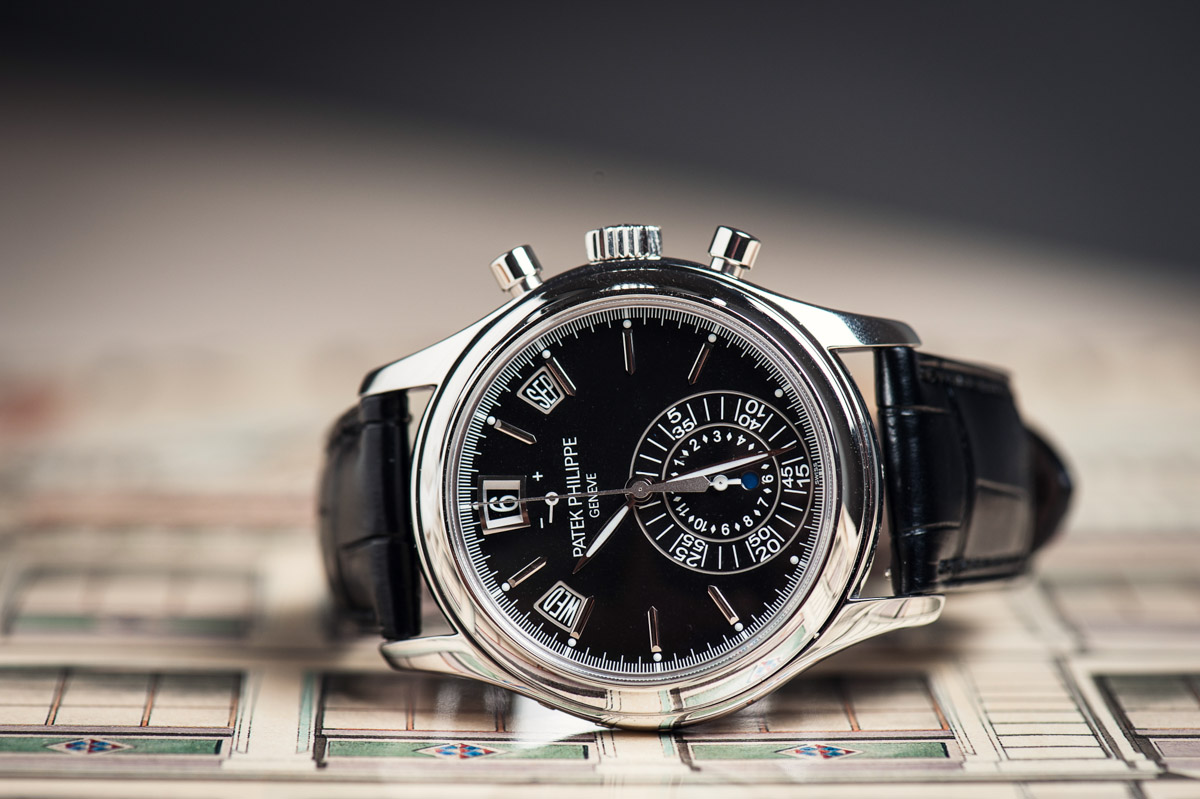What Makes Patek Philippe So Special
Swiss wristwatches are considered to be the best in the world. Sales of Swiss watches account for over $8 billion each year. But for the true connoisseur of Swiss watches, the best watch in the world is a Patek Philippe wristwatch. But why are Patek Philippe watches better than others?
For expert horologists and inveterate wristwatch collectors there is one name that sits at the pinnacle of watches – Patek Philippe. The company was founded in Geneva in 1839 by an exiled Polish Nobleman, Count Antoine Norbert de Patek and his compatriot Francois Czapek. In 1845, Czapek left the partnership. Several years later, Jean Adrien Philippe joined Antoine Patek as a partner and, in 1851, the Patek Philippe name was launched. From the beginning, Patek Philippe produced watches that were a marvel of precision engineering, look and design. The output was always kept quite small – about 15,000 per year – but the quality was always unsurpassed. By the end of the 19th century the company had cornered the top-of-the-range watch market.
A quality of a watch is defined by the materials used, the technology employed in its making, and the movement used in the watch. Patek Philippe uses only the very best of these three things when making a watch.
Patek Philippe manufactures more parts for a watch than does any other company; right down to the smallest wheels, cogs, screws and bracelets. The materials used are the best and the company employs craftsmen – goldsmiths, jewelers, enamellers, engravers – who work exclusively for the company and whose craftsmanship is unparalleled.
Over the year, Patek Philippe has been the first to introduce new technology in to watch making. Jean Adrien Philippe was the inventor of their famous stem-winding and hand setting mechanism, a modern and reliable concept still used today. To date, Patek Philippe has over 70 patents. The company still leads the way in employing new technology to watch making; in 2006, the company introduced the first wheel in the world that is made in silicon for anchor escapement.
Patek Philippe has always produced watches that could do things that no other watch had ever done before and this tradition is maintained up to this day. The second most complicated movement ever made was also a Patek Philippe watch. The Graves Supercomplication was commissioned by American financier Henry Graves in 1933 and includes a display of the night sky over New York City, a measurement of the sunrise and sunset and the equation of time which is the difference between Mean Time (a 24-hour clock) and solar time.
The Calibre 89 was made in 1989 to celebrate the company’s 150th anniversary. The Patek Philippe Calibre 89 is the most complicated movement ever made. The Caliber 89 boasts a total of 33 complications, including the date of Easter through the year 2017, a celestial chart which graphically and accurately depicts the night sky, a split-second chronograph for the measurement of elapsed time in split seconds, and a Grand Sonnerie — four gongs that chime the time in hours, quarter hours and half hours.
The process of creating a Patek watch starts with up to four years of research and development. Production takes a minimum of nine months with more complicated watches taking up to two years. The company spends another six weeks to three months testing each model before it’s available for sale. Patek watches are not mass produced, but are individual pieces; each one unique.
So, does Patek Philippe make top rated watches? No, they make sublime watches. Using the best materials, technology and movements, it’s not surprising that Patek Philippe make the best watch in the world. One, final fact as to why Patek wristwatches are the world’s best. Each year, Rolex makes and sells more wristwatches than Patek Philippe has made in its entire history.
